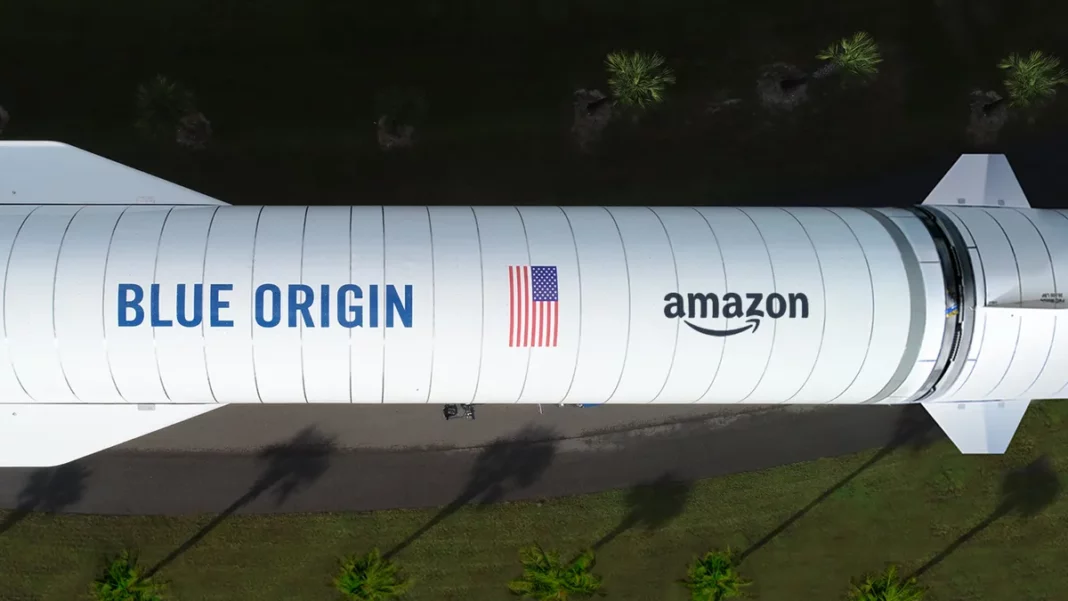Project Kuiper is Amazon’s bid to compete with Starlink and provide broadband internet to rural communities across the globe. Recent agreements with various aerospace companies will allow Amazon to launch thousands of satellites over more than 80 launches scheduled over the next five years.
Arianespace, Blue Origin and United Launch Alliance
Starlink is a product of SpaceX, which is one of its great advantages. Elon Musk founded SpaceX more than 20 years ago. The eventual goal is to colonize Mars, but in the meantime and as an ancillary project, SpaceX has been developing rockets that can launch satellites into space. As for this writing, SpaceX already has about 1,500 satellites in low orbit and has plans to have more than 30,000.
Amazon currently plans to have about 3,300 satellites but has not yet launched a single one. It does not have a SpaceX equivalent and thus must rely on other aerospace companies to handle the launches for them. Amazon recently announced agreements with Arianespace, Blue Origin and United Launch Alliance for 83 launches in total scheduled over the next five years.
Low-Cost Consumer Terminal
Starlink intends to be out of beta and available worldwide by the end of 2022. Amazon is far behind that schedule. Its first satellite will not launch until the fourth quarter of 2022, and it will not enter into a beta period until 2023 at the earliest. The way Project Kuiper intends to compete despite that is with a low-cost terminal. Currently, the equipment fee for Starlink is $500. That is rather steep for the average consumer, and Amazon is banking on the fact that it can beat that cost by a lot. When you consider what they have done with their various Fire products, there is little doubt that they probably can.
Speeds as Fast as 400 Mbps
The average speed that customers get with Starlink now is about 100 Mbps. That is not bad when you consider traditional satellite internet speeds but also not good enough to impress the average American who has access to cable satellite. SpaceX claims that customers can get up to 500 Mbps, and Musk assets that they will eventually be able to compete with fiber at about 1 Gbps. Amazon asserts that Project Kuiper will provide 400 Mbps out of the gates, which could be a big win. But in both the case of Starlink and Project Kuiper, many people are taking a have to see it to believe it approach to the claims.
Launch Schedule
United Launch Alliance will oversee 38 of the scheduled launches via its Vulcan Centaur, which is a heavy-lift launch vehicle. Europe-based Arianespace will oversee 18 launches via its Ariane 6, and this agreement marks the biggest contract by the company to date. Blue Origin, which is led by Jeff Bezos but not affiliated with Amazon, will handle at least 12 launches via its New Glenn. In that agreement, there are also provisions for an additional 15 launches for which Amazon can opt.
The Road Ahead
Project Kuiper has an ambitious schedule. There would probably be more skepticism if it were not for how successful Starlink has been. Of course, Amazon is not SpaceX, and there is great potential for schedule delays. Still, this is an exciting time, and should Amazon stick to its schedule, the competition between Amazon and SpaceX should benefit consumers by the midpoint of this decade.
